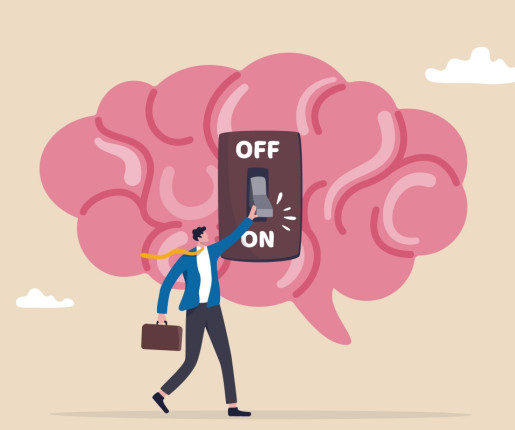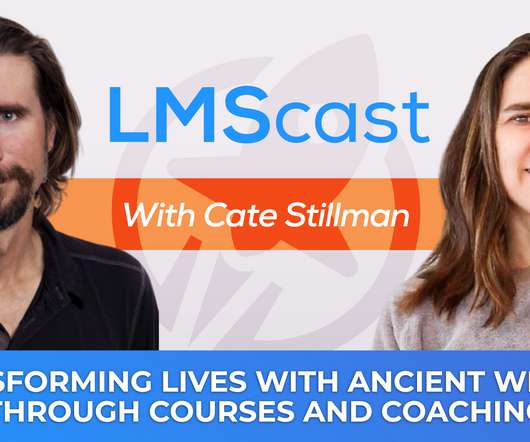How to stimulate engagement in elearning
KnowledgeOne
JUNE 6, 2024
It’s a complex, multi-dimensional and multi-factorial notion that is the subject of a wide variety of theories. ” In active engagement, the learner is an actor in their learning and mobilizes as many of their cognitive skills as possible. 2001, for a demonstration using brain imaging).



























Let's personalize your content